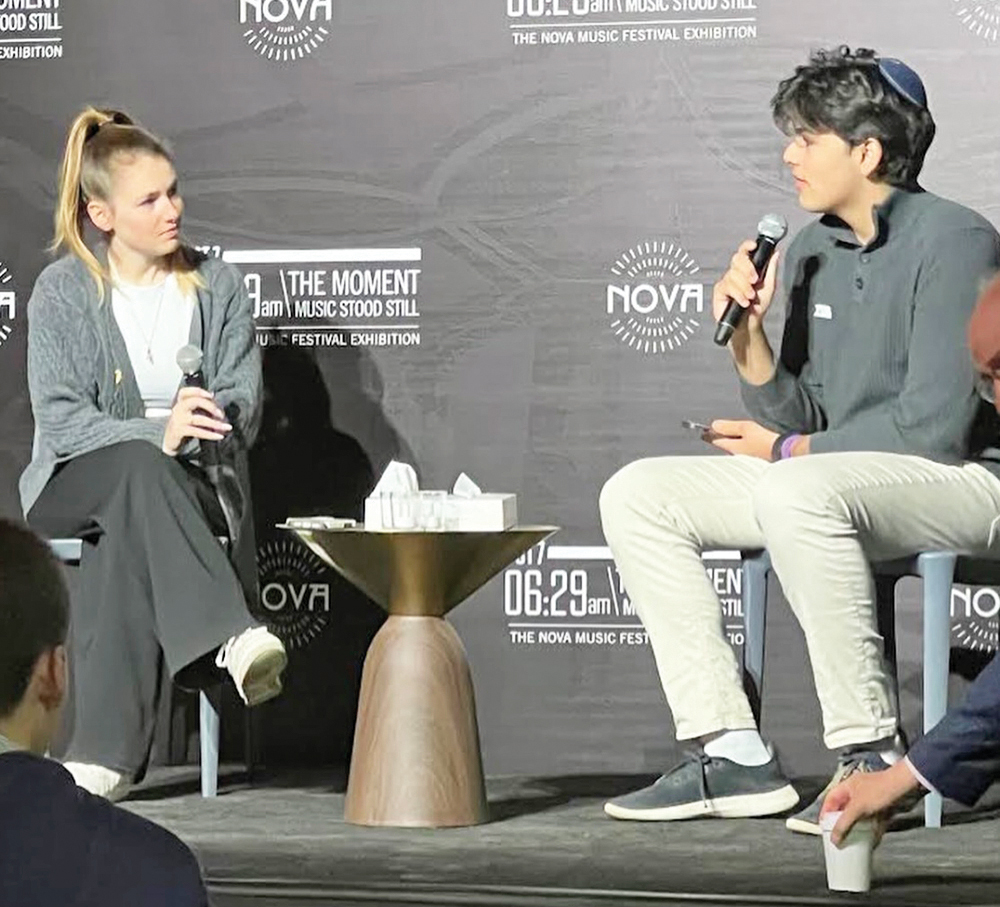Every nation has symbols—specific objects that represent beliefs, values, history, traditions or other intangible ideas that make that country unique. These symbols help to bind a nation together by reminding its people of their nation’s history and most important principles. The Liberty Bell, the U.S. flag, the bald eagle, the national anthem, Uncle Sam, and the Statue of Liberty are powerful symbols that evoke strong passions and beliefs. The same goes for the Star of David, the menorah, a kippah, or the image of a Torah scroll.
Singing the national anthem at sporting events began during the 1918 World Series, when the nation was at war. As recounted by the New York Times of Sept. 6, 1918, it was the seventh-inning stretch of the first game between the Chicago Cubs and the Boston Red Sox.
“As the crowd of 10,274 spectators—the smallest that has witnessed the diamond classic in many years—stood up to take their afternoon yawn, that has been the privilege and custom of baseball fans for many generations, the band broke forth to the strains of ‘The Star-Spangled Banner.’ The yawn was checked and heads were bared as the ball players turned quickly about and faced the music. Jackie Fred Thomas of the U.S. Navy [given leave to play in the Series] was at attention, as he stood erect, with his eyes set on the flag fluttering at the top of the lofty pole in right field. First the song was taken up by a few, then others joined, and when the final notes came, a great volume of melody rolled across the field. It was at the very end that the onlookers exploded into thunderous applause and rent the air with a cheer that marked the highest point of the day’s enthusiasm.”
All cultures use symbols to express specific ideologies and social structures and to represent aspects of their specific culture. Thus, symbols carry meanings that depend upon one’s cultural background; in other words, the meaning of a symbol is not inherent in the symbol itself but is culturally learned. In times of war, patriotic symbols are very powerful, especially for those fighting the wars in far-off places. Instilling patriotism is a national obligation. When I was in grade school we began every morning with the Pledge of Allegiance. Every classroom had an American flag. We also sang the first and second stanzas of the Star Spangled Banner.
In Judaism, of course, we understand the power of symbols. Religious symbols are a way to unite members of a common faith tradition and to indicate to others the religious tradition they represent. Musical symbolism and the understanding of what it represents is so powerful that every Jewish event includes the Star Spangled Banner and Hatikva—even if we disagree with the direction and policies of America and Israel.
The flag is the country’s most cherished symbol. It is the nation’s emblem for freedom. It symbolizes patriotism, love of country and sense of nationhood and embodies the aspirations and sentiments of the people. The National Anthem serves the identical purpose. When an athlete doesn’t stand during the national anthem, he’s disrespecting the men and women who are in one hell hole or another all over the globe, fighting for that flag and fighting for this nation that allows him the freedom to express his political beliefs. There is no excuse to disrespect the country that gave him/her the opportunity to compete.
One of the more remarkable achievements in the evolution of humankind is how we learned to communicate through symbols. In our language, images and gestures convey messages that must be learned and interpreted by others. A symbol is something that represents or stands in for something else. Symbols must be learned, as they represent or suggest something else such as an idea or object. A rectangle of cloth with stars and stripes represents all of American history and values. So too does our anthem.
Understanding the importance of signs and symbols is complicated by many factors such as culture, history, ideology and religious belief. Humans are sentient creatures that rely on subjective factors such as ego, propositions, arguments, personal truths and feelings, cultural tastes, beliefs, and memories to create meaning. When the meaning of a symbol is shared and interpreted as relevant and culturally significant it becomes part of a system of knowing.
We are fortunate that our democracy allows for the expression of divergent opinions. Freedom of speech, freedom to protest, and most importantly freedom to vote are all hallmarks of our democracy. Granted that progress is too slow to right some egregious wrongs in society. Sometimes you have to shake things up. However, disrespecting the symbols of that freedom are counter-productive and simply wrong.
Young men and women are putting their lives on the line all over the world so that overpaid and pampered athletes can play their games. Join a rally, donate money, sign a petition, write to your congressman, run for office, vote. Don’t take a knee or raise a fist at a sports event. It’s the wrong platform. Be proud to be an American. It is agreed that movement is too slow in righting many wrongs inflicted on various groups of our citizenry. Democracy is sometimes messy, but it’s what we have. As Winston Churchill quipped, “Democracy is the worst form of government, except for all the others.”
Ultimately, symbols act as touchstones for expressing experience. In many forms, symbols communicate more effectively than words, but this imagery needs the right forum to be effective. People come to sporting events to be entertained, not to engage in politics or witness vain gestures.
*This is a follow-up to an article published in The Jewish Link in 2016 titled “Take A Knee.”
Rabbi Dr. Wallace Greene has had a distinguished career as a Jewish educator.













